Home>Health & Lifestyle>Air Quality & Filtration>What Does Air Freshener Do
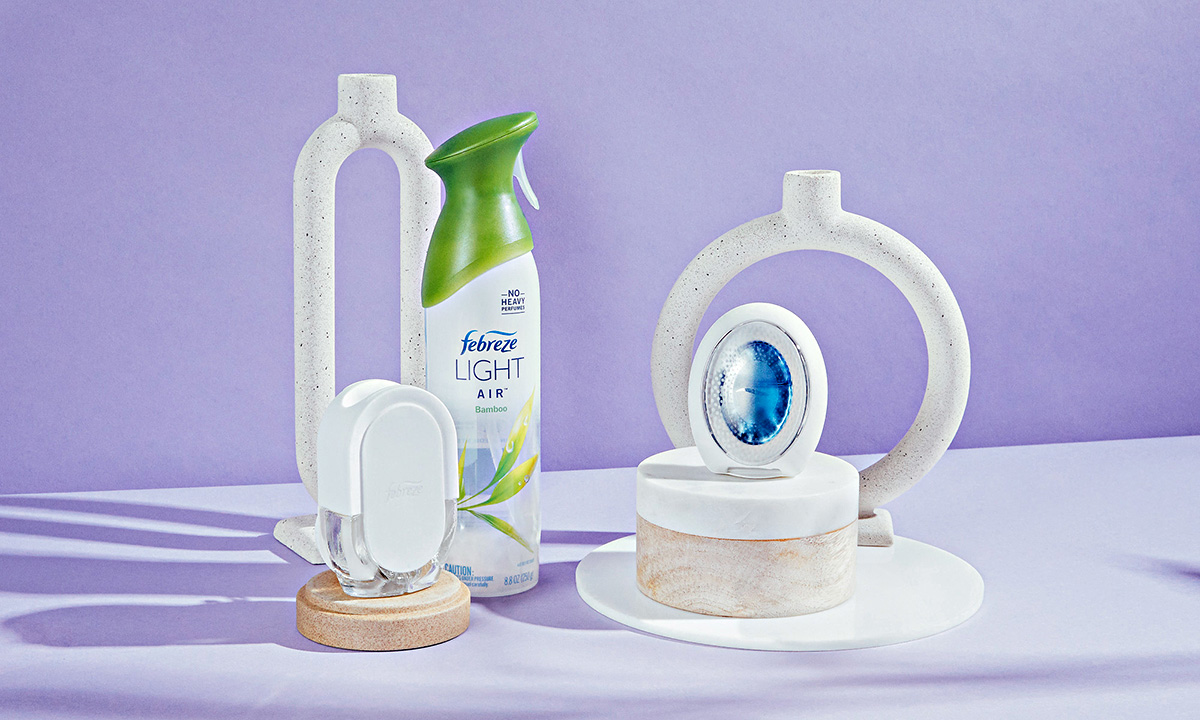

Air Quality & Filtration
What Does Air Freshener Do
Published: December 18, 2023
Discover how air fresheners can improve air quality and filtration in your home. Learn about the benefits of using air fresheners to create a healthier indoor environment.
(Many of the links in this article redirect to a specific reviewed product. Your purchase of these products through affiliate links helps to generate commission for Storables.com, at no extra cost. Learn more)
Introduction
Air fresheners have become a ubiquitous presence in modern homes, offices, and public spaces. These products promise to eliminate unpleasant odors and create a more inviting ambiance. However, the mechanisms behind their effectiveness and their potential impact on indoor air quality have sparked considerable debate.
In this comprehensive guide, we will delve into the inner workings of air fresheners, explore the various types available, address potential health concerns associated with their use, and examine their environmental impact. By shedding light on these aspects, we aim to provide you with a better understanding of air fresheners and their role in maintaining a healthy indoor environment.
Join us on this enlightening journey as we uncover the mysteries surrounding air fresheners and gain valuable insights into their effects on the air we breathe.
Key Takeaways:
- Air fresheners work by masking, neutralizing, or breaking down odors, but they don’t address the root cause of bad smells. They’re a temporary fix, so it’s important to tackle the source of odors for long-term air quality improvement.
- Different types of air fresheners, like aerosol sprays and plug-in devices, have unique benefits and considerations. Consumers should choose wisely, considering health implications and environmental impact for a healthier indoor environment.
Read more: What Is Fabric Freshener
How Air Fresheners Work
Air fresheners operate through a variety of mechanisms to alter the olfactory experience within a given space. The most common approach involves masking unpleasant odors with more pleasant fragrances. This is achieved through the release of volatile organic compounds (VOCs) that interact with the surrounding air, effectively overpowering less desirable scents.
Another method employed by air fresheners is the neutralization of odors. Certain products contain chemical agents that chemically react with malodorous compounds, rendering them odorless or less perceptible. This process often involves the use of active ingredients such as cyclodextrins or zeolites, which can effectively trap and eliminate odor molecules.
Furthermore, some air fresheners utilize enzymatic or microbial agents to break down odor-causing substances at a molecular level. These biological mechanisms can be particularly effective in combating persistent odors, as they target the root cause of the unpleasant scent rather than simply masking it.
It is important to note that while air fresheners can effectively modify the scent profile of indoor spaces, they do not address the underlying sources of odors. As such, they should be viewed as a temporary solution rather than a permanent remedy for poor air quality resulting from unaddressed issues such as mold, mildew, or inadequate ventilation.
By understanding the mechanisms at play, consumers can make informed decisions regarding the use of air fresheners and their potential impact on indoor air quality.
Types of Air Fresheners
Air fresheners come in a diverse array of types, each offering unique attributes and applications. Understanding the distinctions between these varieties can empower consumers to select the most suitable option for their specific needs.
- Aerosol Sprays: These air fresheners dispense fragrance into the air in the form of a fine mist. They are convenient for quickly freshening up a space but may contribute to the dispersion of airborne particles and VOCs.
- Plug-In Air Fresheners: These devices release fragrance continuously by heating scented oils, providing a consistent and long-lasting olfactory experience. However, they require access to electrical outlets and may pose a fire hazard if not used properly.
- Gel Air Fresheners: These products contain fragranced gels that slowly evaporate, emitting pleasant scents over an extended period. They are often placed in small, enclosed spaces such as closets or bathrooms.
- Reed Diffusers: Utilizing porous reeds to disperse fragrance, these air fresheners offer a decorative and subtle means of scenting a room. They are typically free from aerosols and electricity, making them a more natural option for fragrance diffusion.
- Activated Charcoal Air Purifiers: While not strictly air fresheners, these products adsorb odors and impurities from the air, offering a more passive and natural approach to improving indoor air quality.
Each type of air freshener presents its own set of advantages and considerations, and consumers are encouraged to weigh these factors carefully when selecting a product. Moreover, it is essential to be mindful of potential health implications and environmental impact associated with the use of different air freshener types.
By familiarizing themselves with the available options, individuals can make informed choices that align with their preferences and contribute to a healthier indoor environment.
Air fresheners work by releasing chemicals or natural fragrances into the air to mask or neutralize odors. They can help improve the smell of a room, but it’s important to use them in a well-ventilated area and not rely on them to cover up strong odors caused by poor hygiene or cleanliness.
Potential Health Concerns
While air fresheners are widely used to enhance indoor environments, concerns have been raised regarding their potential impact on human health. These products can introduce a range of compounds into the air, some of which may have adverse effects on respiratory health and overall well-being.
One primary area of concern is the emission of volatile organic compounds (VOCs) by certain air fresheners. These compounds, which can include formaldehyde, benzene, and various terpenes, have been linked to respiratory irritation, headaches, and exacerbation of asthma symptoms. Prolonged exposure to VOCs may even contribute to the development of more serious health conditions over time.
Additionally, many air fresheners contain synthetic fragrances that can trigger allergic reactions in sensitive individuals. These fragrances often consist of complex chemical blends that may not be fully disclosed on product labels, making it challenging for consumers to identify potential allergens and irritants.
Furthermore, the use of aerosol sprays can result in the inhalation of fine particles, which may pose respiratory risks, particularly for individuals with preexisting pulmonary conditions.
It is important for consumers to be mindful of these potential health concerns and to exercise caution when using air fresheners, particularly in enclosed or poorly ventilated spaces. Opting for natural and fragrance-free alternatives, such as activated charcoal air purifiers or essential oil diffusers, can mitigate some of these risks while still contributing to a pleasant indoor atmosphere.
By prioritizing air quality and considering the potential health implications of air freshener use, individuals can cultivate healthier living environments for themselves and their families.
Environmental Impact
Despite their widespread popularity, air fresheners can have notable implications for the environment, stemming from their production, usage, and disposal. Understanding these impacts is crucial for making informed choices that align with environmental sustainability.
One significant concern is the carbon footprint associated with the manufacturing and distribution of air fresheners. The production process often involves energy-intensive activities and the use of non-renewable resources, contributing to greenhouse gas emissions and environmental degradation.
Furthermore, certain air fresheners release volatile organic compounds (VOCs) into the atmosphere, contributing to air pollution both indoors and outdoors. This can have implications for air quality and human health, as well as ecosystem health in the case of outdoor emissions.
Additionally, the disposal of air freshener products, particularly those in aerosol or plastic packaging, can pose challenges in terms of waste management. If not properly disposed of or recycled, these products can contribute to landfill accumulation and environmental pollution.
Consumers can take proactive steps to mitigate the environmental impact of air fresheners by opting for eco-friendly and sustainably produced products. Choosing air fresheners with minimal packaging, recyclable components, and biodegradable formulas can help reduce the burden on the environment.
Moreover, embracing alternative approaches to scenting indoor spaces, such as using natural essential oils or promoting natural ventilation, can lessen the reliance on manufactured air fresheners and their associated environmental consequences.
By recognizing the environmental implications of air freshener use and making thoughtful choices, individuals can contribute to a healthier planet while still enjoying a pleasant indoor atmosphere.
Read more: What Is The Safest Air Freshener?
Conclusion
As we conclude our exploration of air fresheners and their multifaceted impact, it is evident that these products play a complex role in shaping indoor environments. While they offer the allure of pleasant fragrances and a more inviting ambiance, they also raise important considerations related to human health and environmental sustainability.
By understanding the mechanisms through which air fresheners operate, consumers can make informed decisions regarding their usage, taking into account the potential implications for indoor air quality and personal well-being. It is essential to weigh the convenience and sensory benefits of air fresheners against the potential health concerns associated with volatile organic compounds and synthetic fragrances.
Furthermore, the environmental impact of air fresheners should not be overlooked, as their production, usage, and disposal can contribute to resource depletion, pollution, and waste accumulation. Embracing eco-friendly alternatives and minimizing reliance on manufactured air fresheners can align with broader efforts to promote environmental sustainability.
Ultimately, achieving a harmonious balance between a fragrant, inviting indoor environment and considerations for health and environmental responsibility requires thoughtful decision-making and a nuanced understanding of the products we bring into our living spaces.
As consumers, we hold the power to shape the market demand for air fresheners, encouraging the development of safer, more sustainable options that enrich our indoor experiences without compromising our health or the well-being of the planet.
By approaching the use of air fresheners with mindfulness and a commitment to informed choices, we can create indoor environments that not only delight the senses but also prioritize the health of occupants and the preservation of our natural surroundings.
Frequently Asked Questions about What Does Air Freshener Do
Was this page helpful?
At Storables.com, we guarantee accurate and reliable information. Our content, validated by Expert Board Contributors, is crafted following stringent Editorial Policies. We're committed to providing you with well-researched, expert-backed insights for all your informational needs.

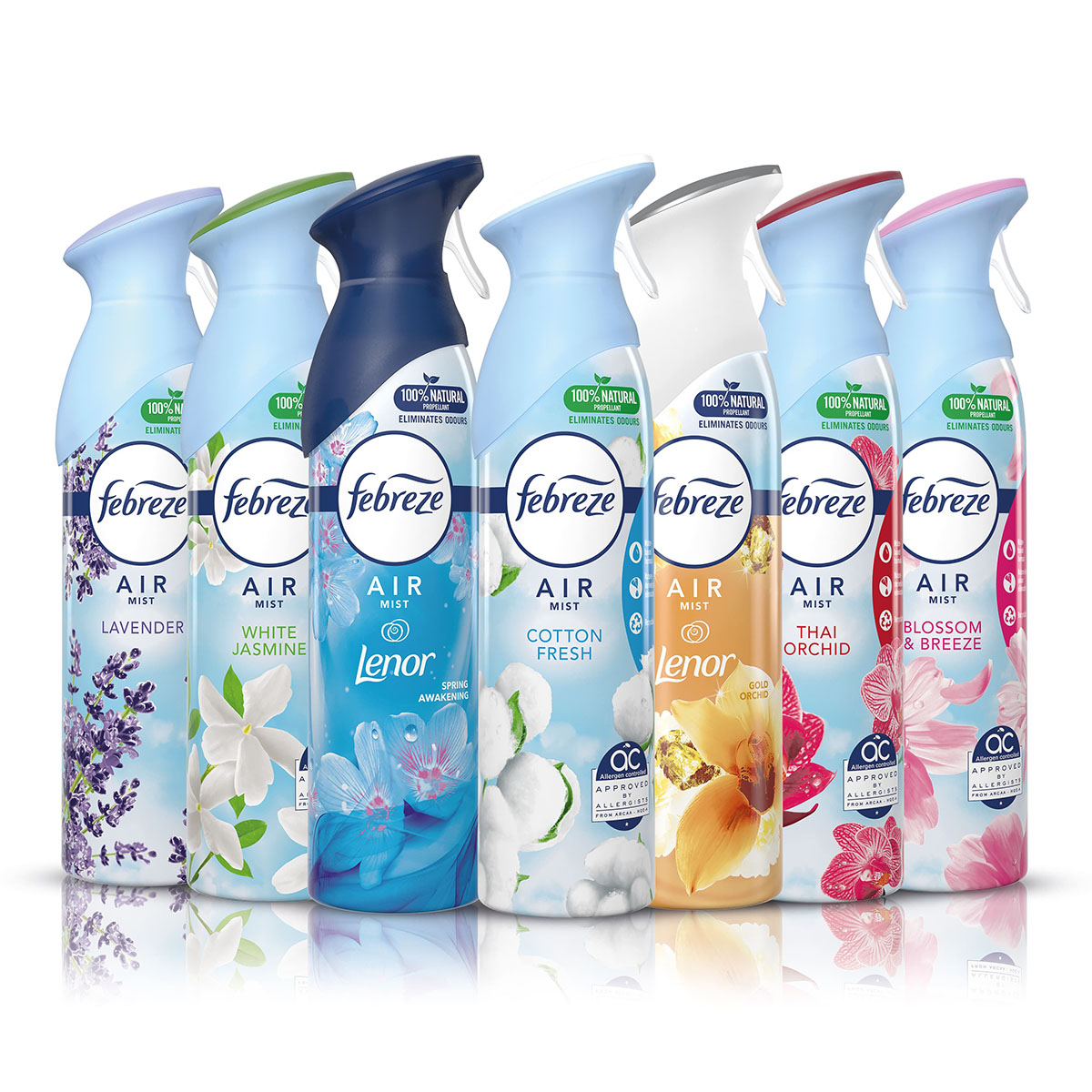

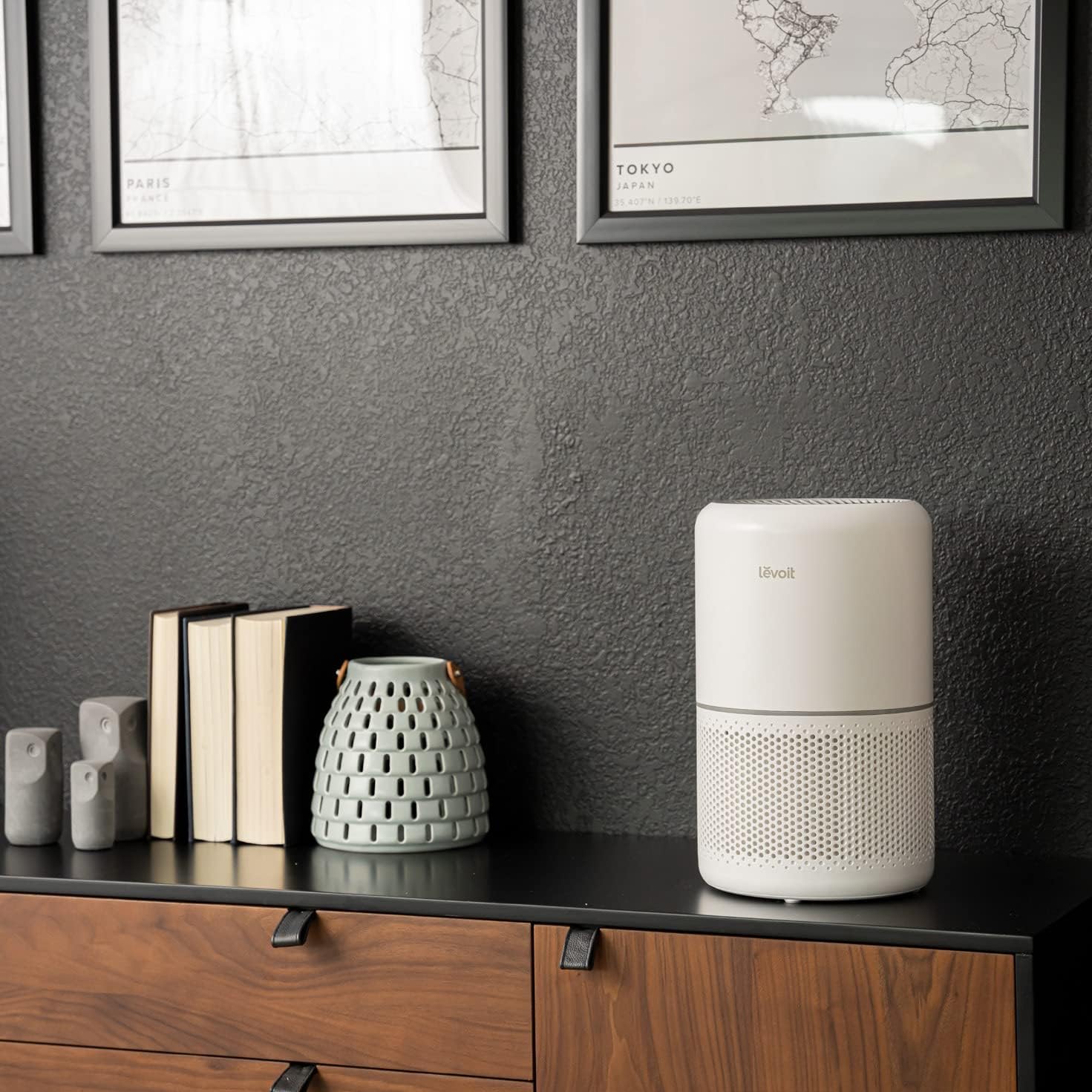
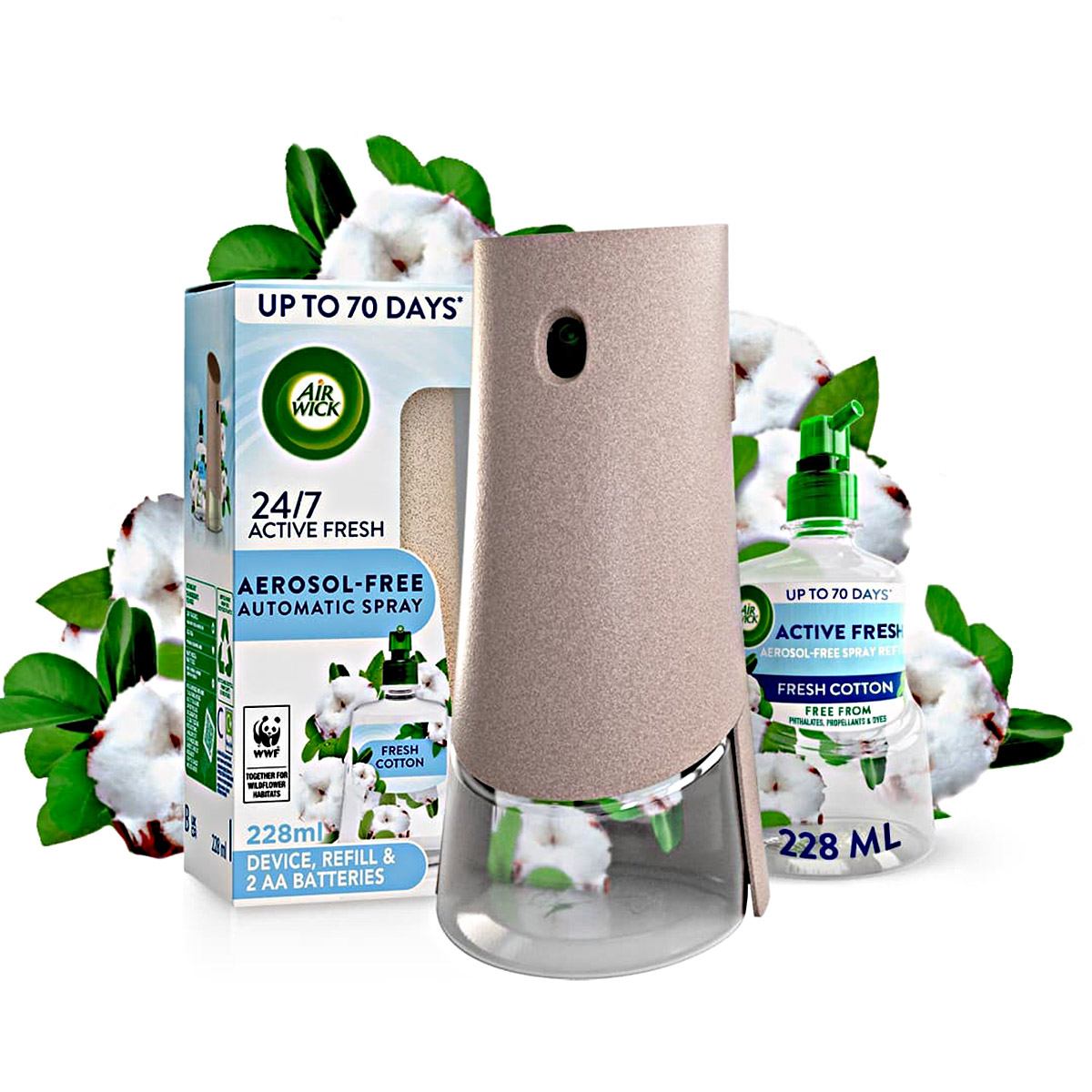
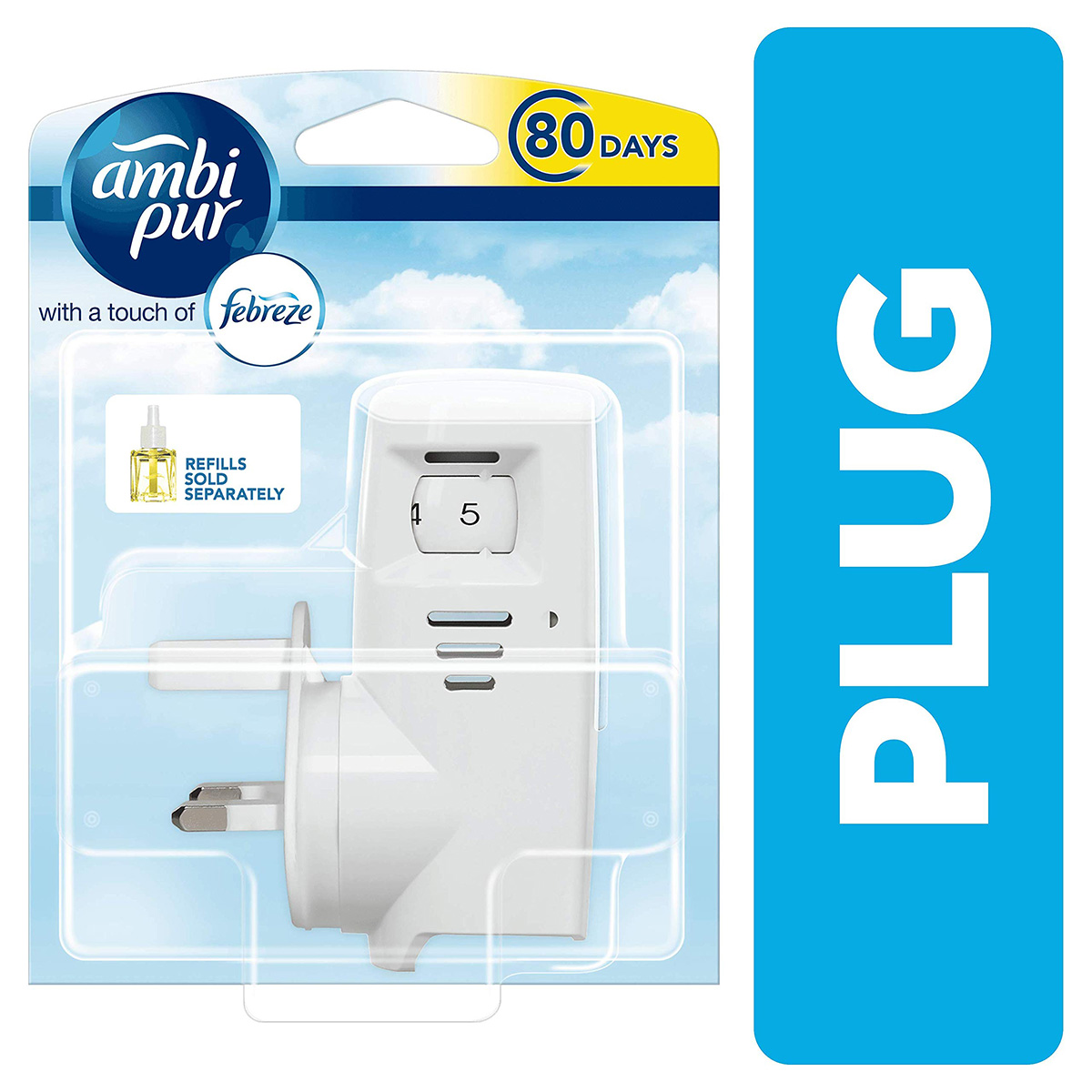
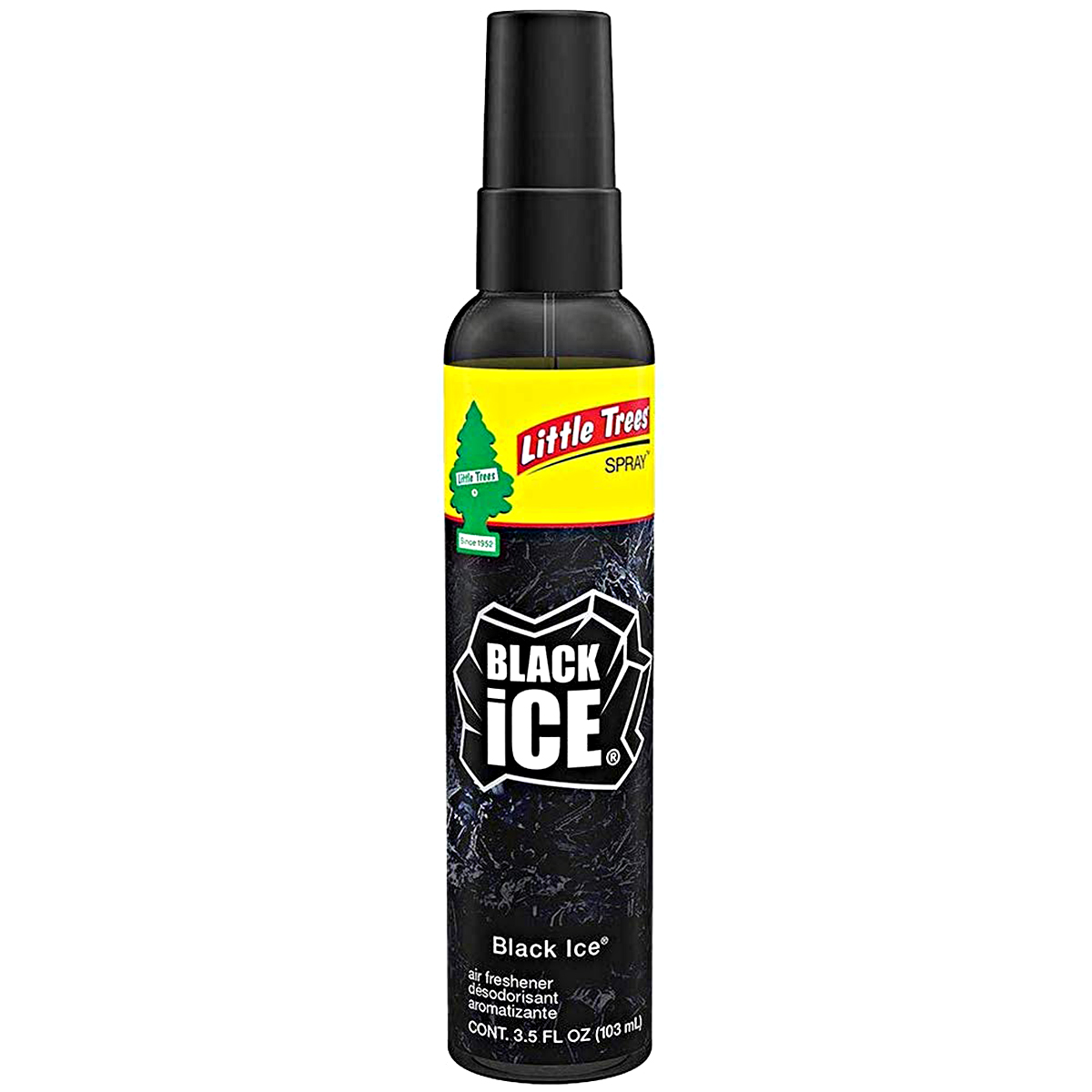
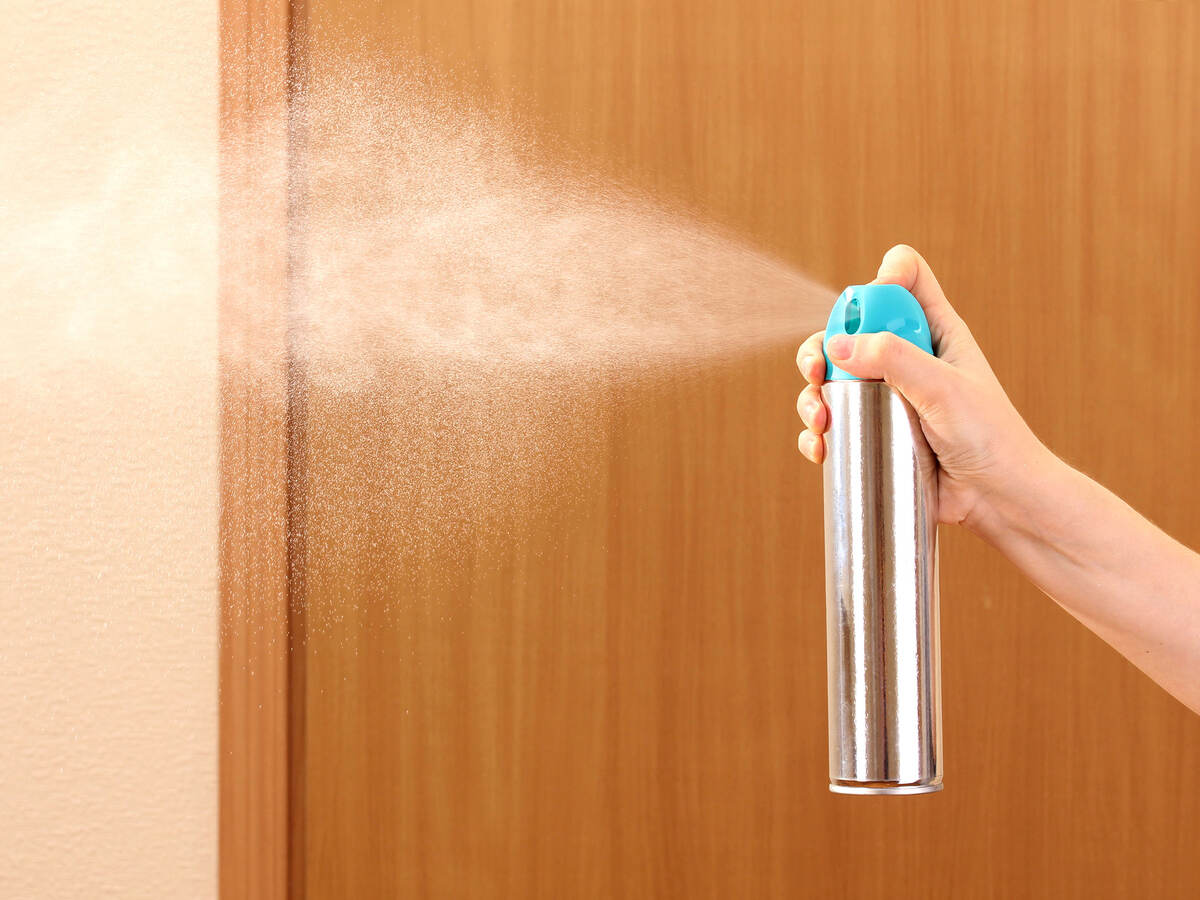
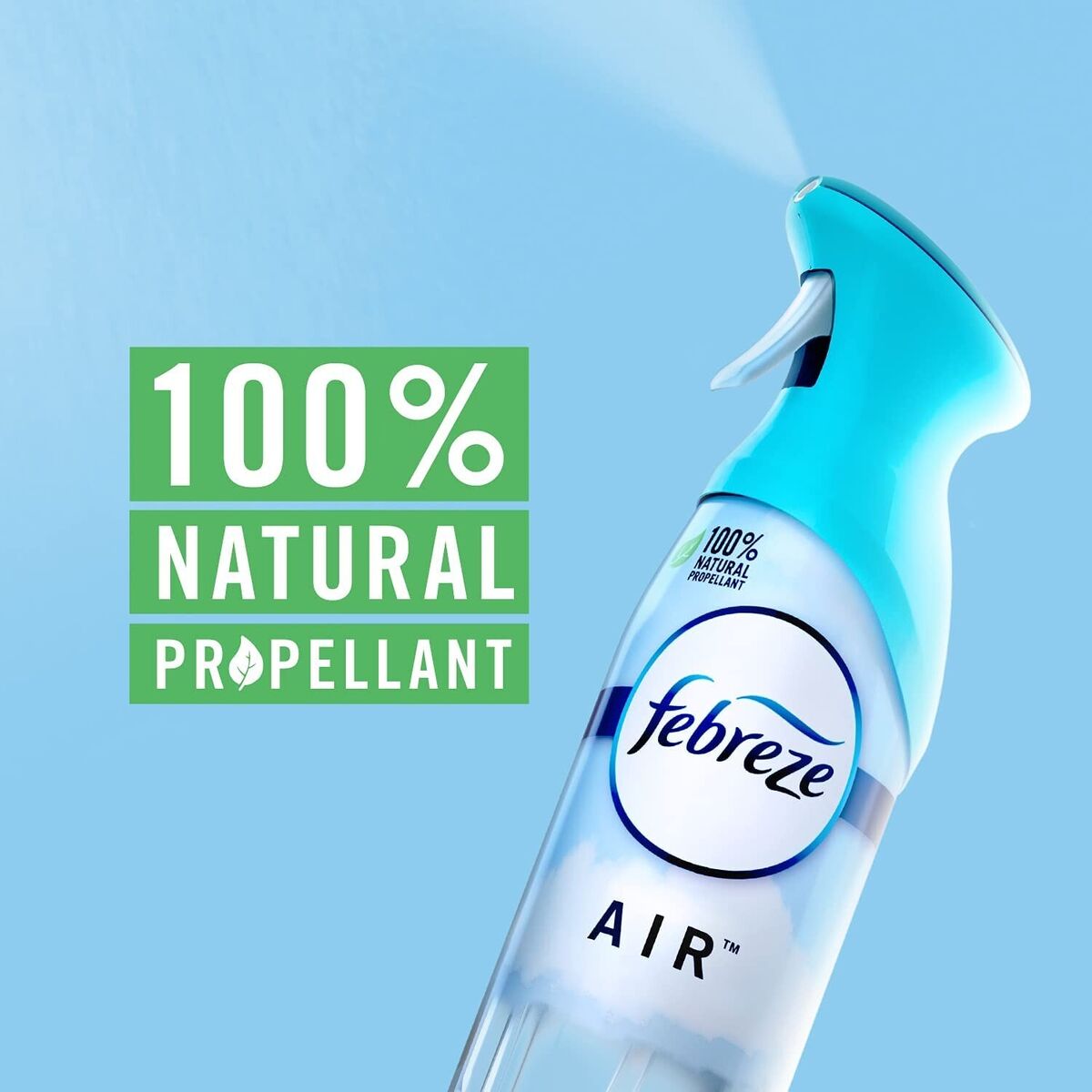
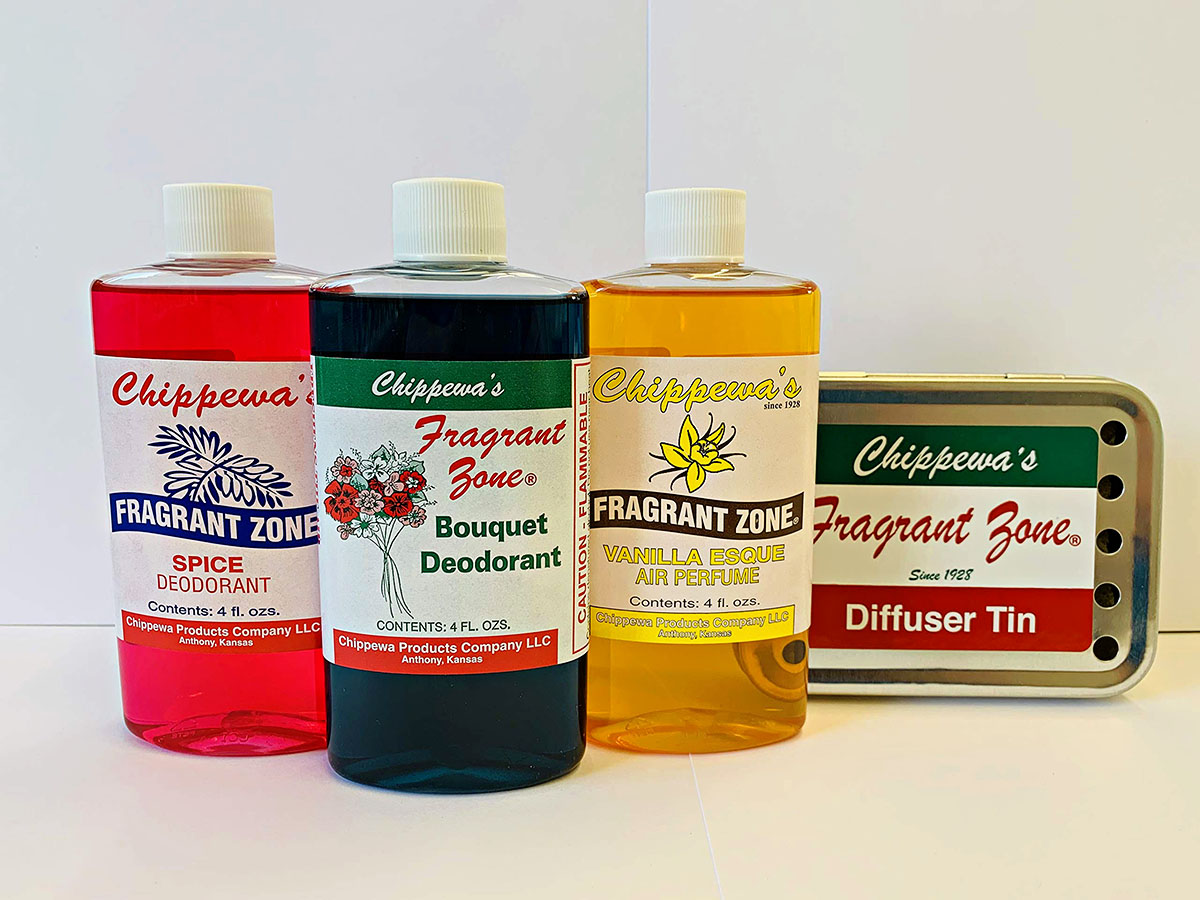
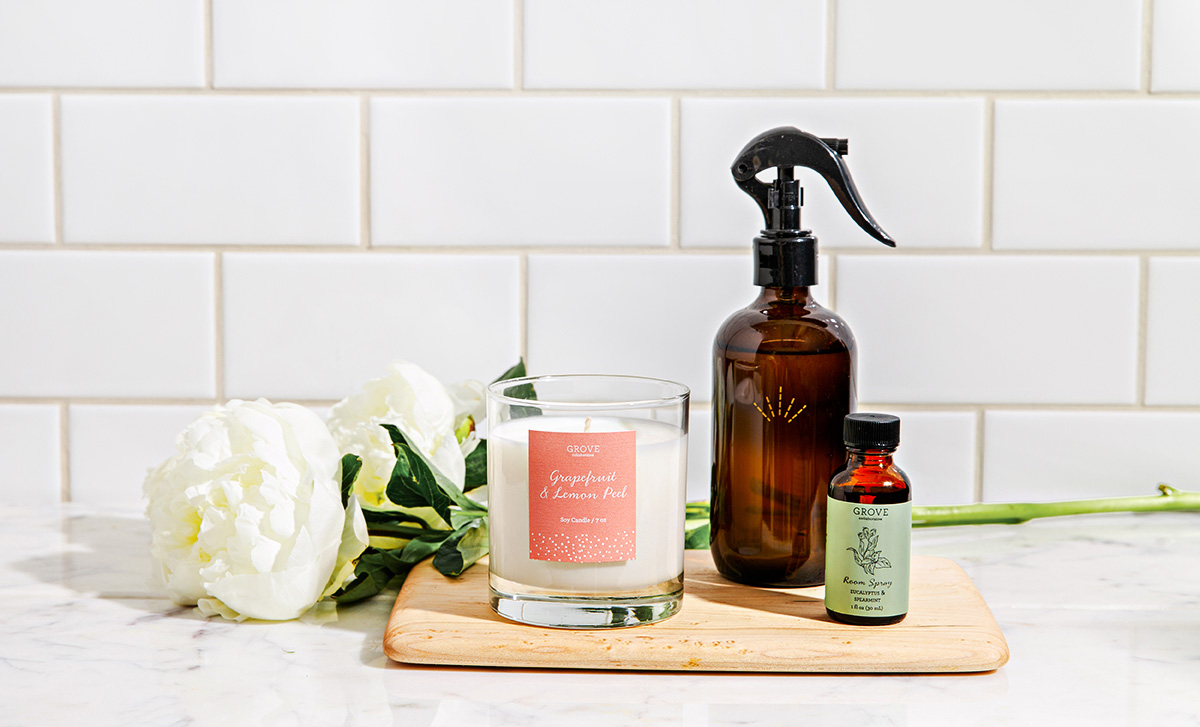
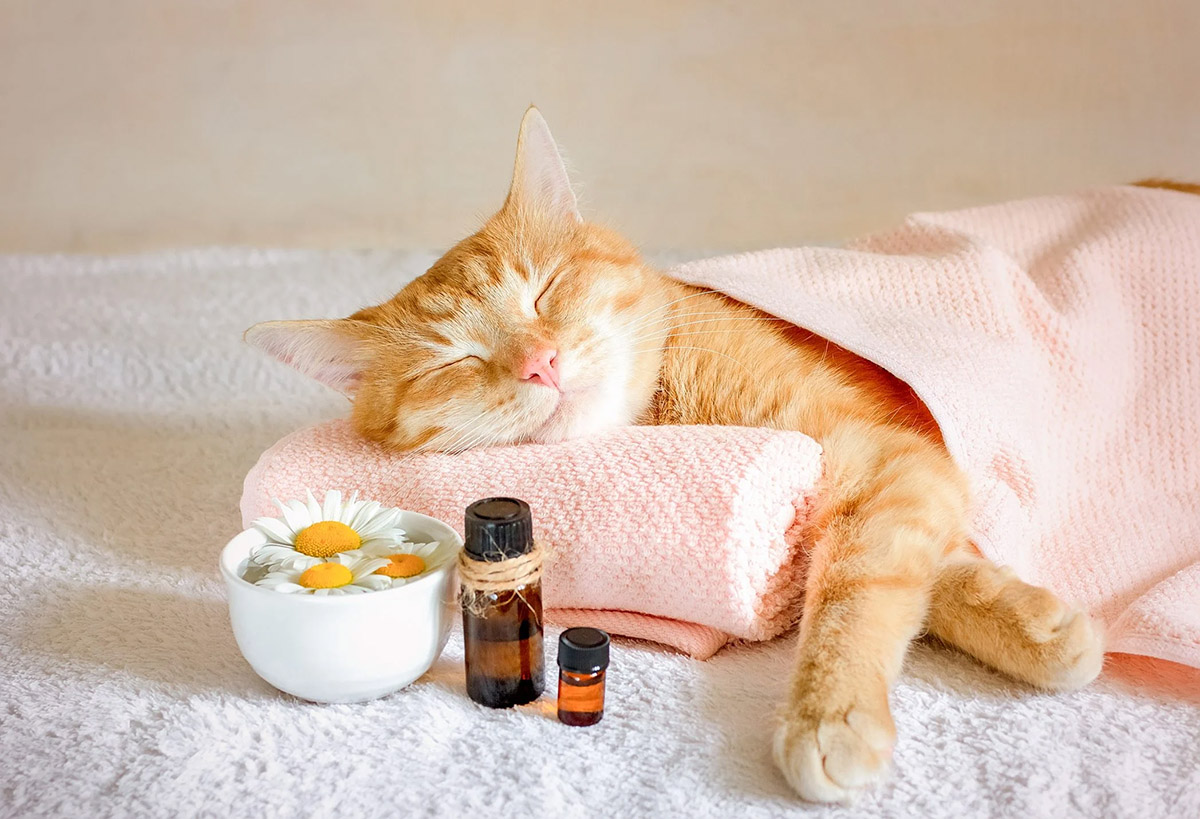
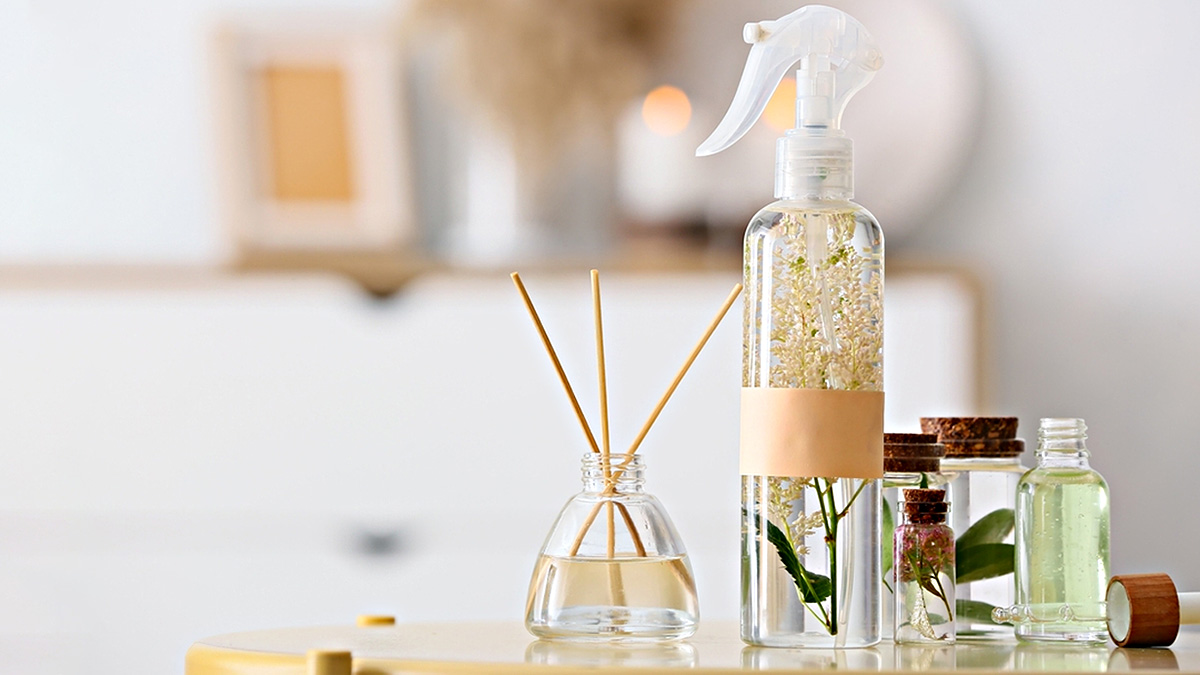
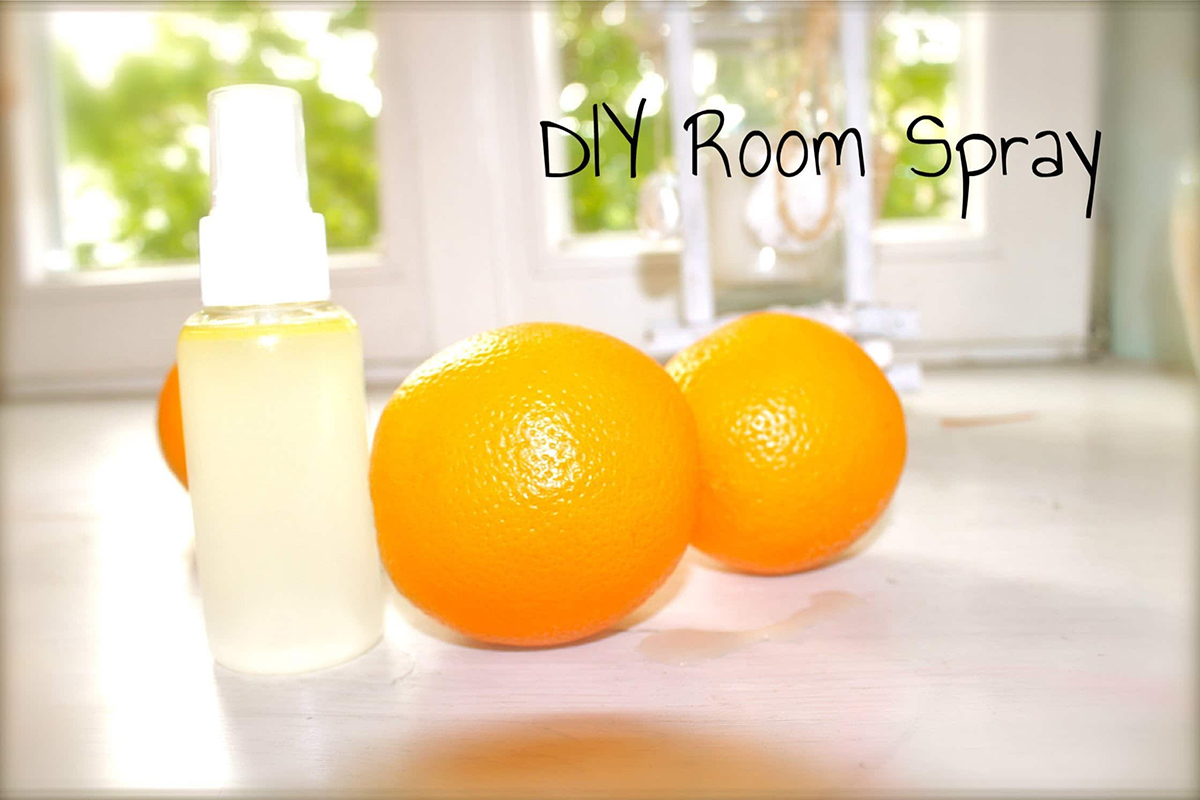

0 thoughts on “What Does Air Freshener Do”